How to get rid of black mold – 6 expert tips to remove mold from your home
Find out how to get rid of black mold using these easy techniques from cleaning and damp professionals
- (opens in new tab)
- (opens in new tab)
- (opens in new tab)
- Sign up to our newsletter Newsletter
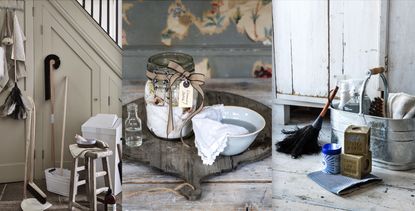

Black mold doesn't just look unsightly. It is also linked with health problems such as respiratory issues, including asthma, and can be a cause of pneumonia in people with underlying health issues.
Even if you know how to clean a bathroom and cleaning a kitchen is top of your daily to-do list, black mold may still be a challenge you need to deal with. That's because black mold is a symptom of a damp problem – which is also one of the causes of cracks in walls and is cited as one of the most undesirable home decor features that put home buyers off.
Even if you need to employ a professional to deal with a deeper damp issue, you can find out how to get rid of black mold from your home. We spoke to the experts to find out more.
How to get rid of black mold – expert advice
Using bleach to kill mold is one of the most common DIY solutions to the appearance of black mold in your home. But it's not always the best or the only one. As well as natural solutions, such as cleaning with white vinegar and lemon juice, you can buy mold-busting sprays that use chemicals to tackle the issue.
But be advised, getting rid of black mold is only the first step to ensuring your home is mold-free for good.
'Mold is caused by damp, whether on a surface or a damp environment. You can clean it off as many times as you like but new mold will continue to form whilst the damp problem exists,' explains Robert Vaughn, Managing Director of Damp Detectives (opens in new tab) and a participant in the Clean & Tidy Homes Show (opens in new tab). 'Therefore, the best way to combat mold and damp is to locate the source.'
1. Decide if you can get rid of black mold yourself
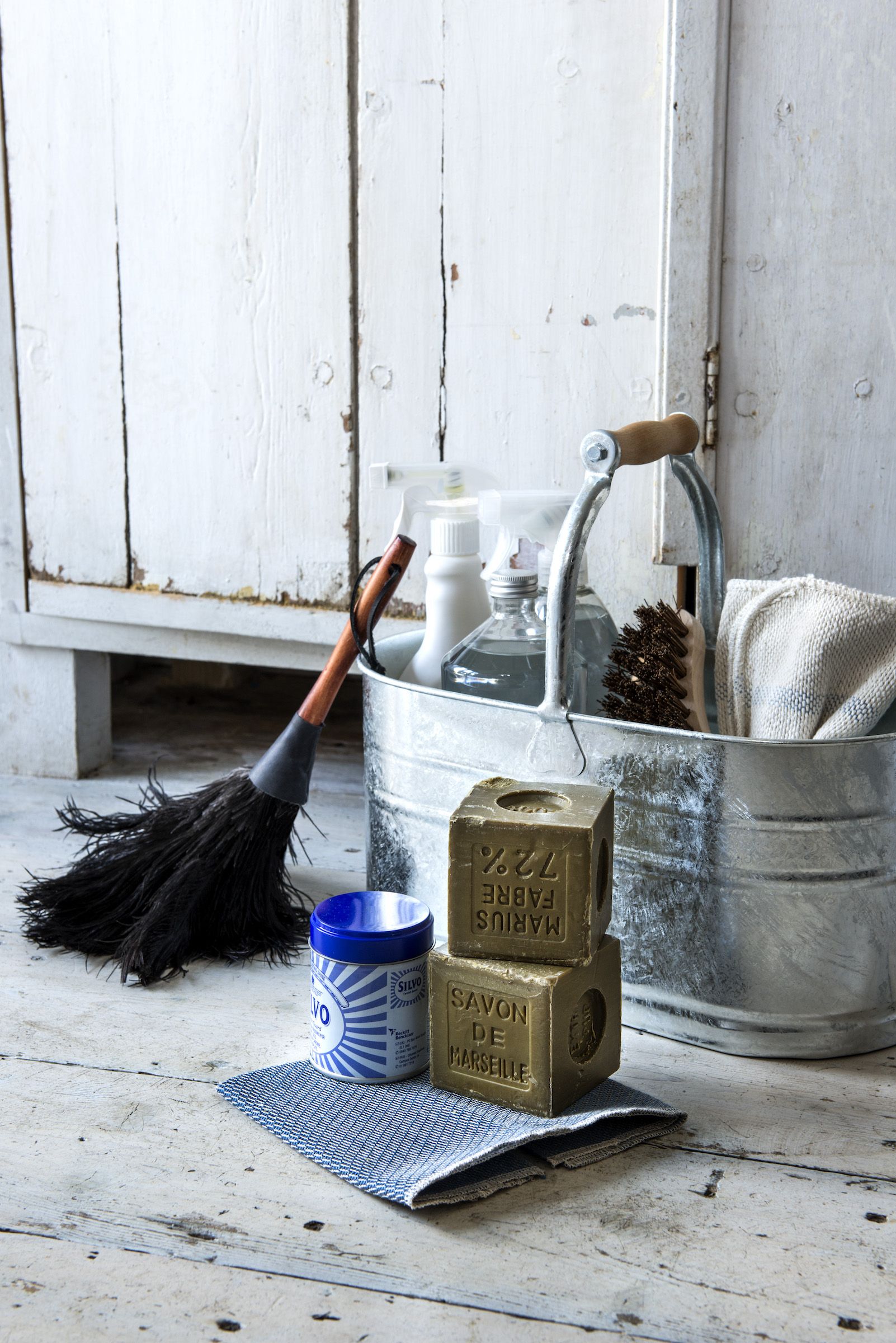
Whether you can do a DIY clean-up of black mold, or need to employ a damp and mold professional, will depend on the size of your problem.
Advice on tackling mold from the United Stages Environmental Protection Agency (opens in new tab) is to consider doing the job yourself if the area affected is less than 10 square feet.
You may want to consult a professional if you have health problems, if you think your home's heating, ventilation or air-conditioning system may be contaminated with mold, or if the black mold covers an extensive area.
2. Getting rid of black mold with soap
The jury is out on whether soap and water, bleach and chemical treatments, or natural cleaning solutions such as white vinegar are the best way to get rid of black mold. But most experts agree that the first step in dealing with the problem is a simple wash and scrub-up.
'If you have surface mold on walls or surfaces you can clean it off with a soapy solution and flush the mold away,' says Robert Vaughn from Damp Detectives. His advice on the use of bleach? 'Don’t use bleach or other chemicals which can cause health problems on their own.'
3. Getting rid of black mold with bleach
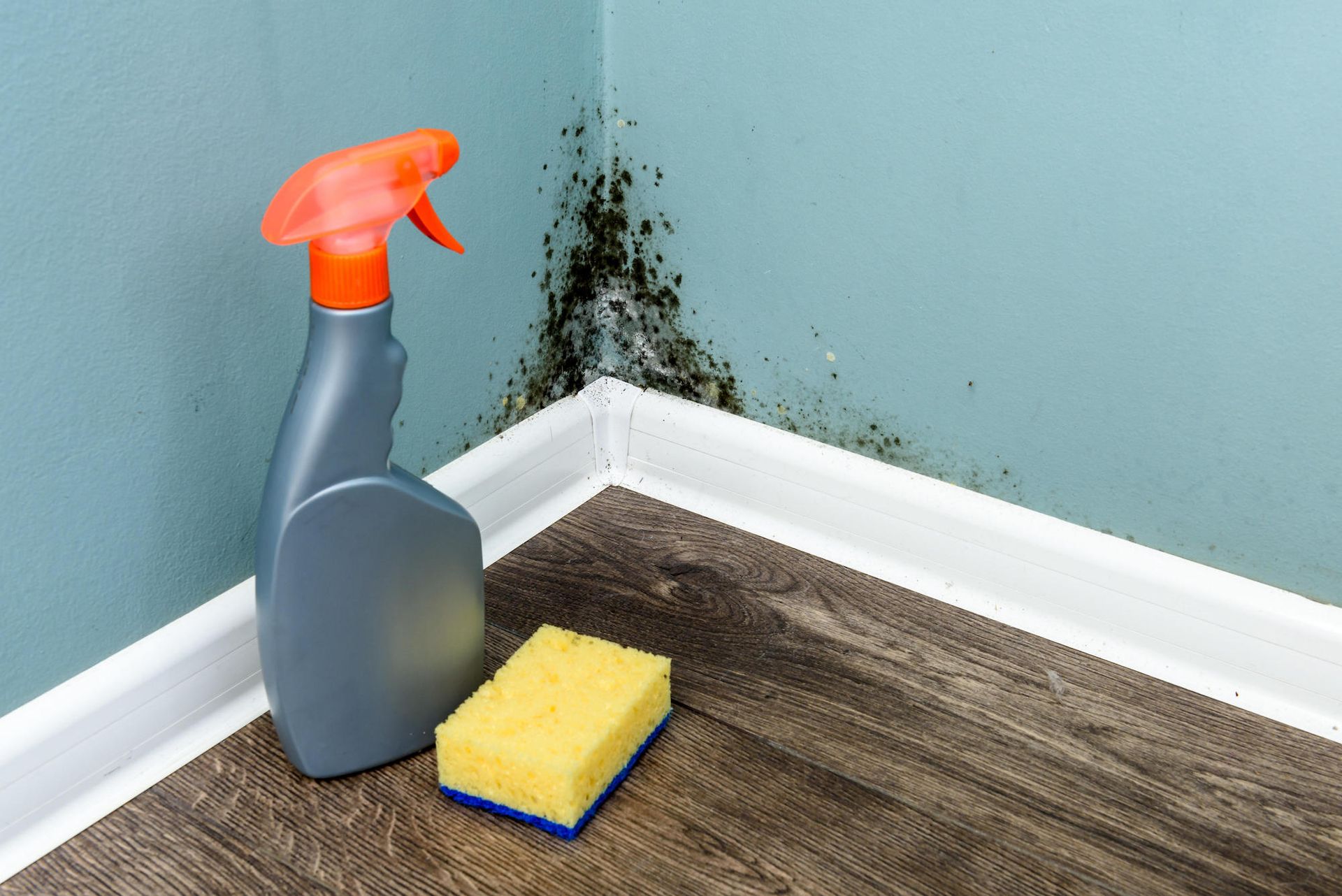
A dilute bleach solution is a good way to remove any mold growing on white surfaces and non-porous, such as countertops and tiles in a kitchen or bathroom – find out what is the best kitchen backsplash material to discover which are most mold resistant.
But take care when using, wearing gloves and a mask to protect yourself from the toxic fumes that bleach gives off.
If an initial scrub with bleach doesn't remove much of the mold, you can take a tip from professional cleaners and soak the affected area with bleach.
'Our cleaning professionals are instructed to soak patches of mold with bleach for at least 15 minutes before wiping the bleach away,' says Justin Carpenter, the founder of Modern Maids (opens in new tab).
For badly affected areas, you could also soak some cotton cloths in bleach and leave them on the affected area overnight. Be sure that the surface will not be damaged by the bleach if it's left that long by testing an unseen patch first.
4. Getting rid of black mold with white vinegar
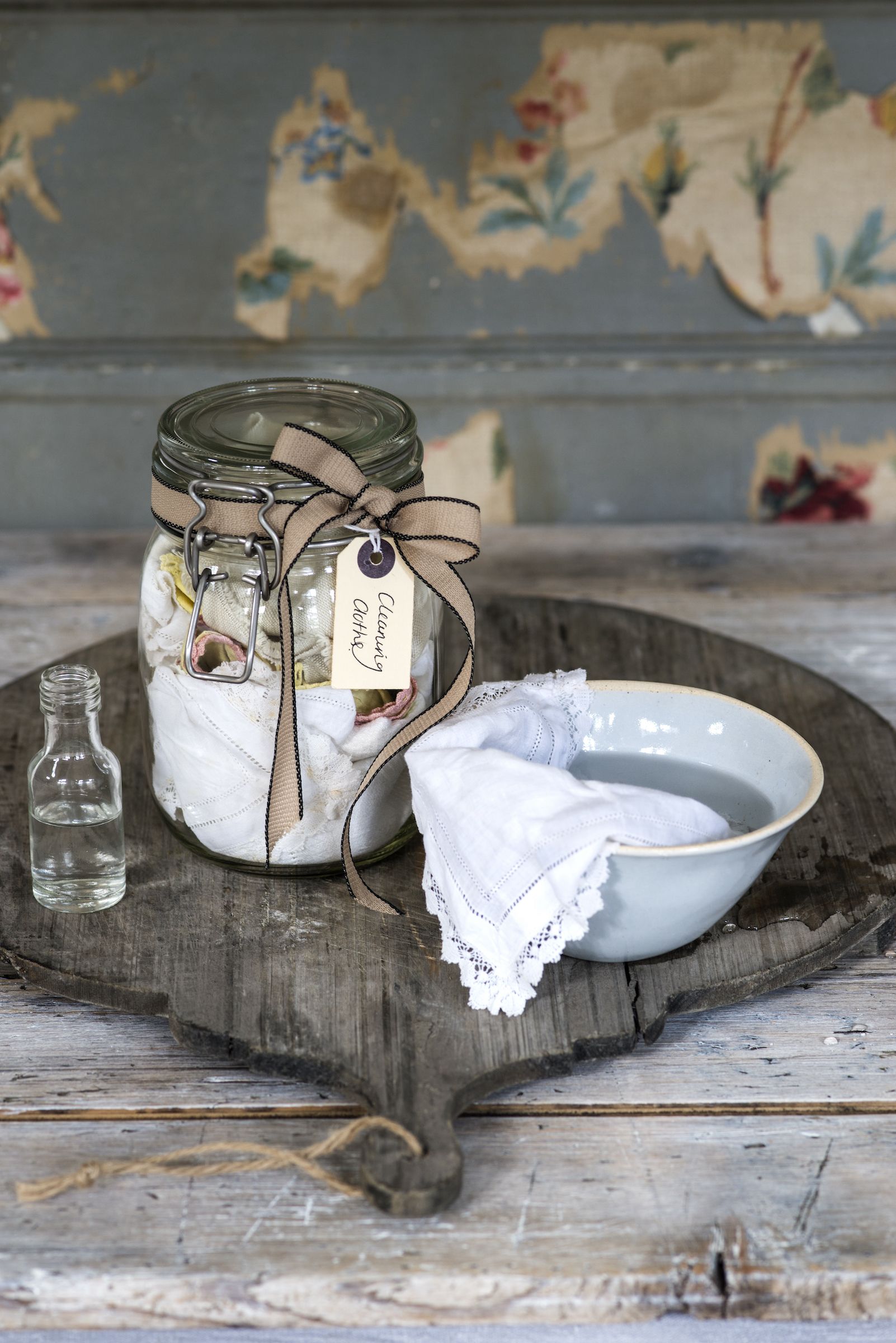
This is a tip from Sara San Angelo, who is known professionally as The Cleaning Lady (opens in new tab). She recommends using white vinegar for areas of mold found on porous surfaces – advice that's useful when you want to know how to clean a clothes closet.
'Bleach will kill mold spores growing across a hard surface, but if the mold has extended below the surface, then white vinegar is the best choice,' she says. 'The vinegar will penetrate to kill the mold and mildew at the root, preventing it from regrowing.’
5. Getting rid of mold with natural cleaners
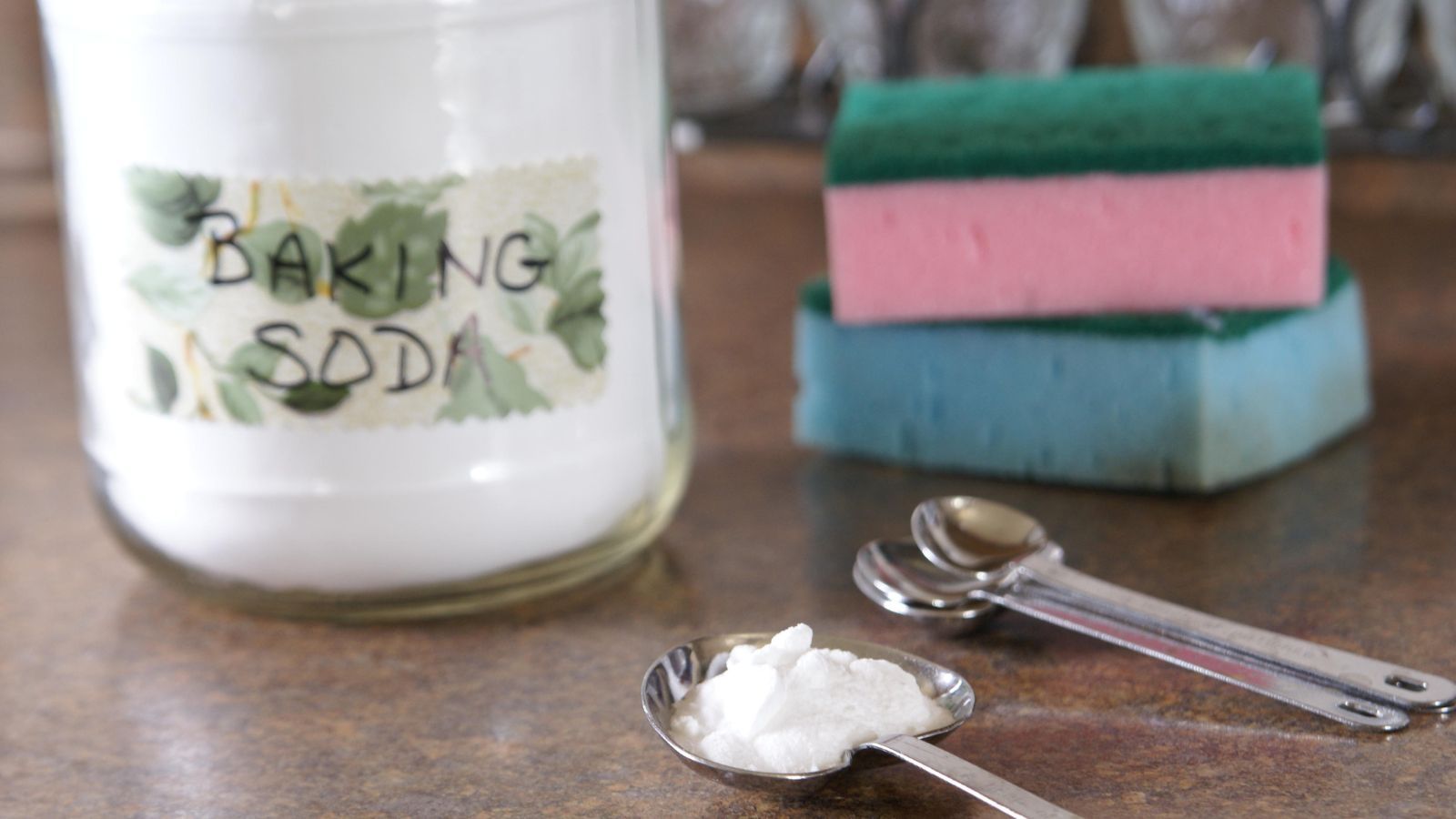
Home kitchen cleaners made with pantry staples can be a quick fix for tackling mold, although some may be more effective than others.
'Cleaning with baking soda has proven successful if you want to get rid of black mold from grout between tiles,' says Homes & Gardens' contributing editor, Hayley Gilbert.
'An easy way to clean grout is to mix together one part hydrogen peroxide with two parts baking soda. Apply the paste to the grout using an old toothbrush, then let it work its magic for 20 minutes before rinsing away with cold water.'
You might also want to try a teaspoon of tea tree oil with 1 cup of water. Spray the solution on to the mold, leave for at least one hour, then wipe away with a cloth or sponge. Tea tree oil is a natural fungicide that can kill the mold spores.
6. Getting rid of black mold in the washing machine
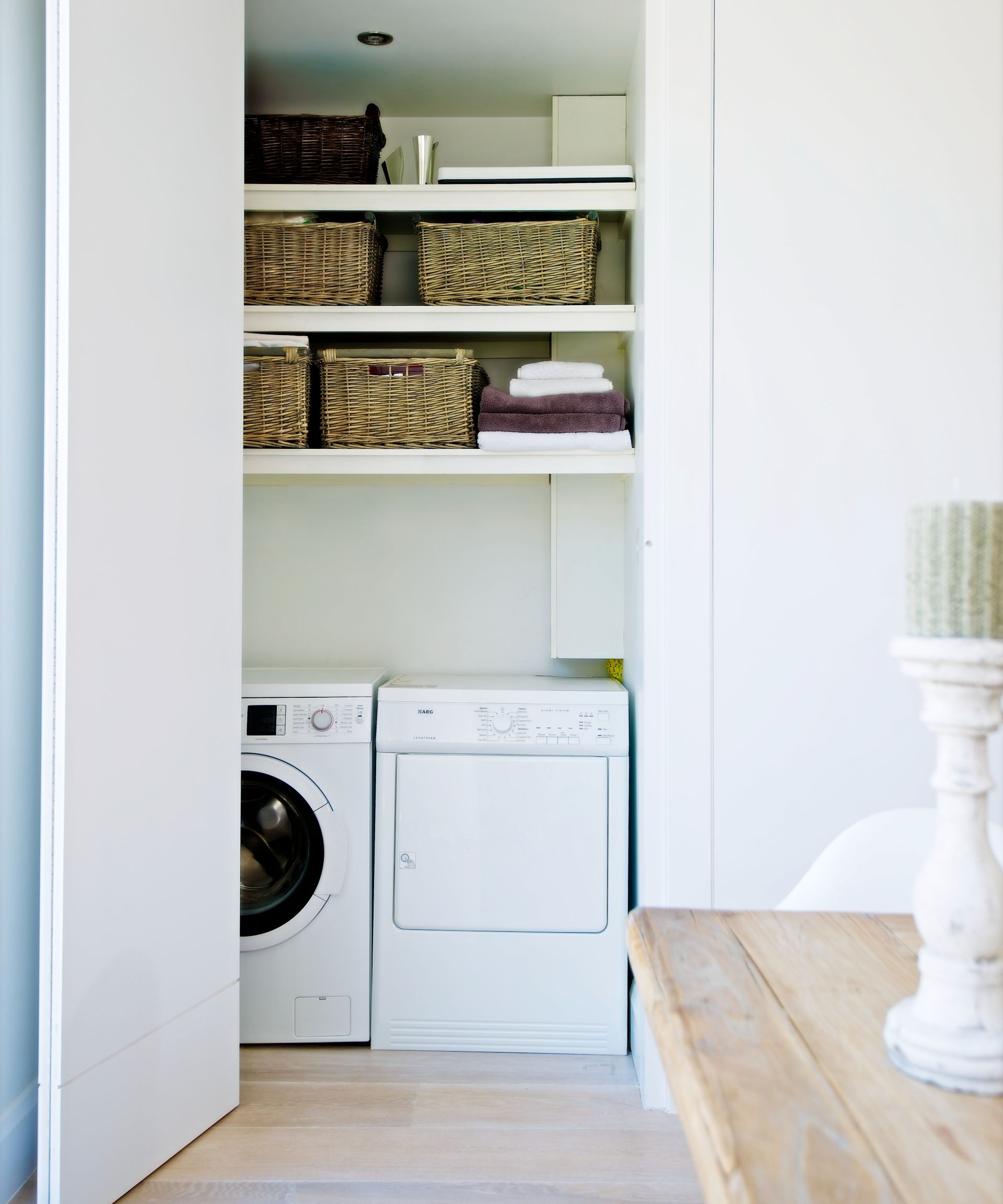
If you want to know how to get rid of shower curtain mold and mildew, the easiest way to do so is on a hot wash on laundry day. Even plastic shower curtains are machine washable, though always check the laundry symbols on the care label before you start to ensure it can take a high temperature. By adding one or two bath towels to the load, you will increase the chance of removing the black mold since their textured fabric will scrub dirt from the curtain, and prevent from wrinkling and tearing by acting as a buffer.
Why should I get rid of black mold quickly?
There are a number of reasons to deal with black mold quickly.
The first is that it spreads, so the longer you leave it, the more mold there will be.
Second, black mold is linked to health problems, including allergic reactions, asthma attacks, and irritation of the eyes, nose, throat, lungs and skin.
Finally, mold can damage and discolor surfaces and the items it grows across. Advice from the United Stages Environmental Protection Agency (opens in new tab) is to 'act quickly. Mold damages what it grows on. The longer is grows, the more damage it can cause.'
How can I stop black mold growing?
Black mold is caused by damp and moisture entering or becoming trapped in your home, so repairing leaks and also managing ventilation of your home, to get rid of condensation inside windows, for example, is key to preventing black mold from growing.
One way to control dampness is to protect external wood, brick or stonework from the rain. 'Driving rain can soak through masonry over 2 feet think in as little as 24 hours,' says Gordon Grainger, director at Kingfisher Building Products (opens in new tab).
Fixing leaks in windows and doors, and reducing condensation via good ventilation, air conditioning, or the use of a dehumidifier, are all effective strategies to reduce damp and mold.
Andrea has been immersed in the world of homes, interiors and lifestyle since her first job in journalism, on Ideal Home. She went from women's magazine Options to Frank. From there it was on to the launch of Red magazine, where she stayed for 10 years and became Assistant Editor. She then shifted into freelancing, and spent 14 years writing for everyone from The Telegraph to The Sunday Times, Livingetc, Stylist and Woman & Home. She was then offered the job as Editor on Country Homes & Interiors, and now combines that role with writing for sister title homesandgardens.com.
-
-
 7 expert-approved methods to remove candle wax from carpet
7 expert-approved methods to remove candle wax from carpetCleaning professionals share their tips on how to remove candle wax from carpet
By Millie Hurst • Published
-
 Are you making these critical design mistakes in your small home office? Experts reveal 7 they always avoid
Are you making these critical design mistakes in your small home office? Experts reveal 7 they always avoidWant to know what's wrong with your workspace? Experts reveal the top 7 design mistakes we're making in our small spaces
By Zara Stacey • Published

